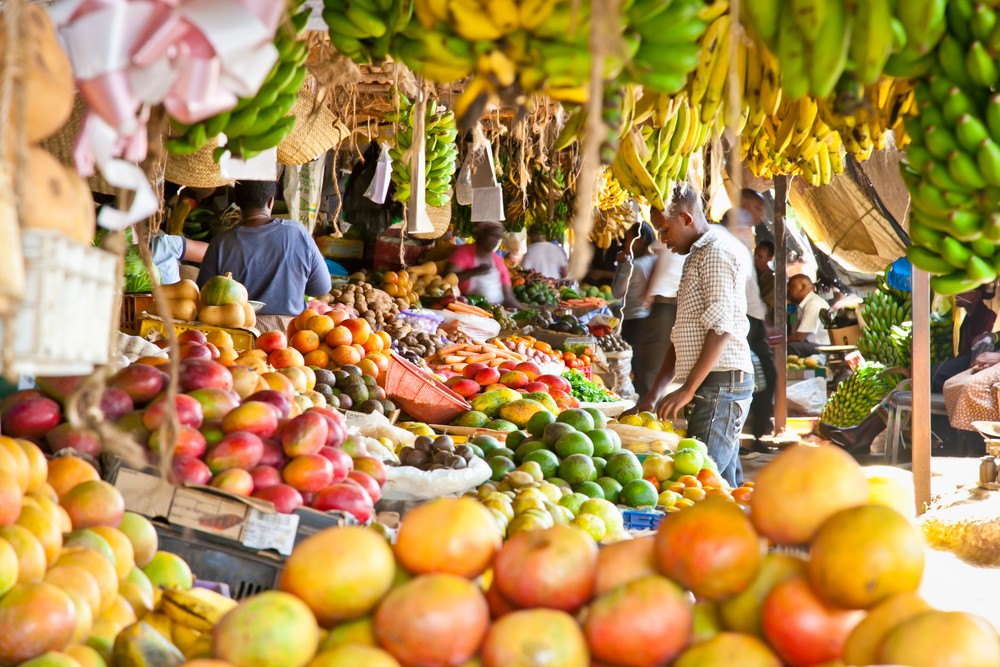 Last updated: March 14th, 2020 3:45 PM
Last updated: March 14th, 2020 3:45 PM
GST Rate for Fruits
GST era in India is set to begin from 1st July 2017 completely revamping the indirect tax system in India. Those involved in the supply of goods and services would be required to obtain GST registration, create new tax invoice format under GST and adopt GST compliant accounting software in preparation for GST. On the other hand, the common man would be impacted by the changes to the GST rate. In this article, we look at the GST rate for fruits and vegetables, which will have deep implications for the common man.GST Rate for Fruits
GST is levied under five rates in India, namely NIL, 5%, 12%, 18% and 28%. As per the GST rates decided by the GST Council meeting held on 18th May 2017, fruits fall NIL, 5% and 12% categories only.Fruits attracting NIL GST Rate
The following types of fruits as per HSN Code would fall under the NIL category, attracting no GST.- Fresh fruits other than in frozen state or preserved.
- Coconuts, fresh or dried, whether or not shelled or peeled.
- Other nuts, fresh such as Almonds, Hazelnuts or filberts (Corylus spp.), walnuts, Chestnuts (Castanea spp.), Pistachios, Macadamia nuts, Kola nuts (Cola spp.), Areca nuts.
- Bananas, including plantains, fresh or dried.
- Dates, figs, pineapples, avocados, guavas, mangoes and mangosteens, fresh.
- Citrus fruit, such as Oranges, Mandarins (including tangerines and satsumas); clementines, wilkings and similar citrus hybrids, Grapefruit, including pomelos, Lemons (Citrus limon, Citrus limonum) and limes (Citrus aurantifolia, Citrus latifolia), fresh.
- Grapes, fresh.
- Melons (including watermelons) and papaws (papayas), fresh.
- Apples, pears and quinces, fresh.
- Apricots, cherries, peaches (including nectarines), plums and sloes, fresh.
- Other fruit such as strawberries, raspberries, blackberries, mulberries and loganberries, black, white or red currants and gooseberries, cranberries, bilberries and other fruits of the genus vaccinium, Kiwi fruit, Durians, Persimmons, Pomegranates, Tamarind, Sapota (chico), Custard-apple (ata), Bore, Litchi, fresh.
- Peel of citrus fruit or melons (including watermelons), fresh.
Fruits attracting 5% GST Rate
The following types of fruits and nuts would attract GST at the rate of 5% of the value of taxable supply:- Dried areca nuts, whether or not shelled or peeled.
- All goods, other than dry fruits, in frozen state or, preserved.
- Fruit and nuts, uncooked or cooked by steaming or boiling in water, frozen, whether or not containing added sugar or other sweetening matter.
- Fruit and nuts, provisionally preserved (for example, by sulphur dioxide gas, in brine, in sulphur water or in other preservative solutions), but unsuitable in that state for immediate consumption.
- Peel of citrus fruit or melons (including watermelons), frozen, dried or provisionally preserved in brine, in sulphur water or in other preservative solutions.
Fruits attracting 12% GST Rate
The following types of fruits and nuts would attract GST at the rate of 12% of the value of taxable supply:- Brazil nuts and cashew nuts, fresh or dried, whether or not shelled or peeled.
- Other nuts, dried, whether or not shelled or peeled, such as Almonds, Hazelnuts or filberts (Corylus spp.), walnuts, Chestnuts (Castanea spp.), Pistachios, Macadamia nuts, Kola nuts (Cola spp.), other than areca nuts.
- Dates, figs, pineapples, avocados, guavas, mangoes and mangosteens, dried.
- Grapes, dried, and raisins
- Fruit, dried and mixtures of nuts or dried fruits.
Find the applicable GST rate for all goods and services in India.
Popular Post

In the digital age, the convenience of accessing important documents online has become a necessity...

The Atalji Janasnehi Kendra Project that has been launched by the Government of Karnataka...

The Indian Divorce Act governs divorce among the Christian couples in India. Divorce...

When an individual has more than a single PAN card, it may lead to that person being heavily penalised, or worse,...

Employees Provident Fund (PF) is social security and savings scheme for employee in India. Employers engaged...


